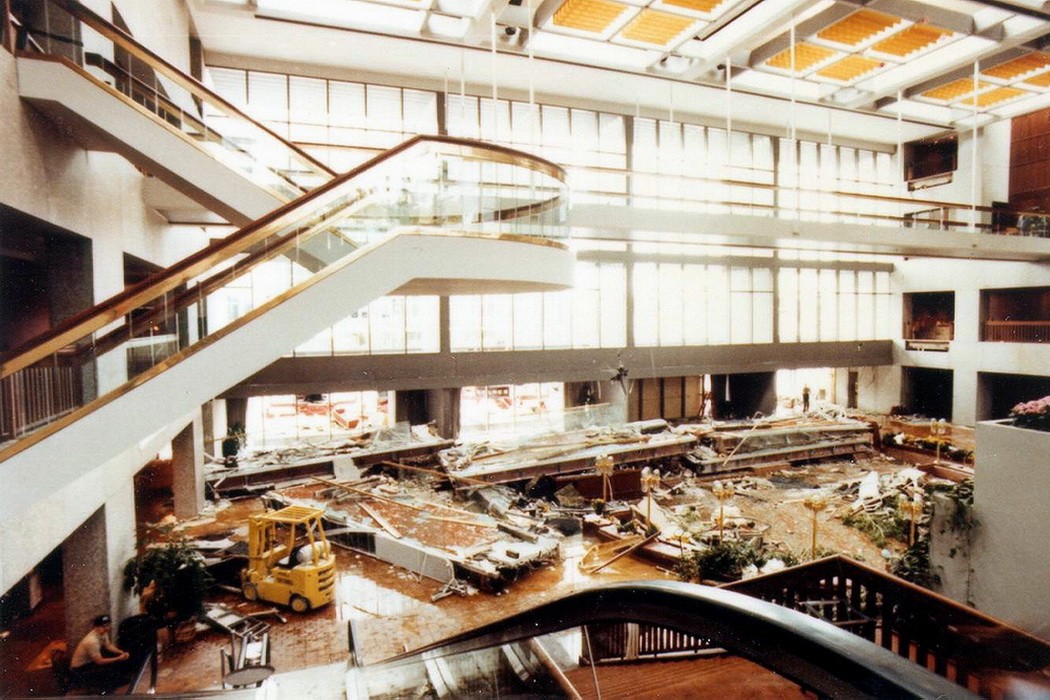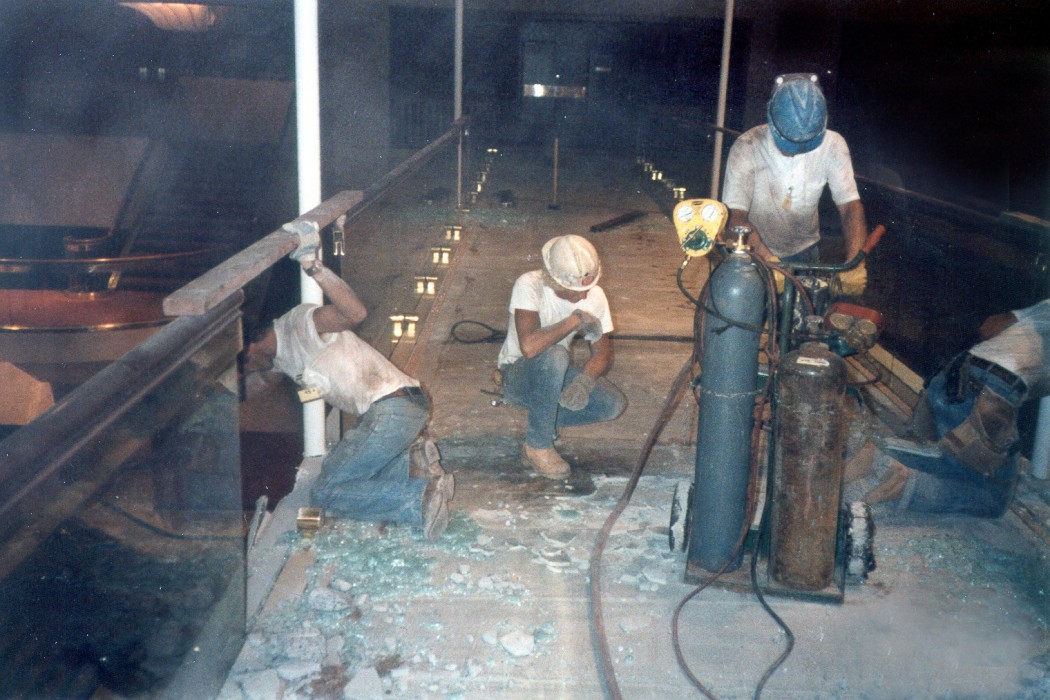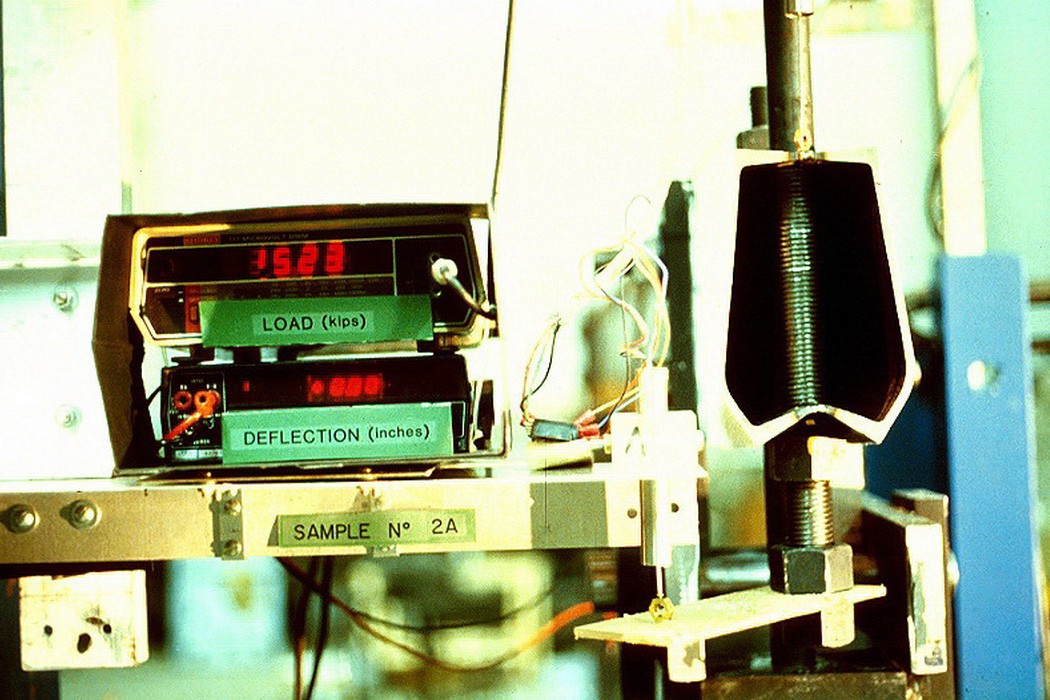WJE PROJECTS
Kansas City Hyatt Regency Hotel
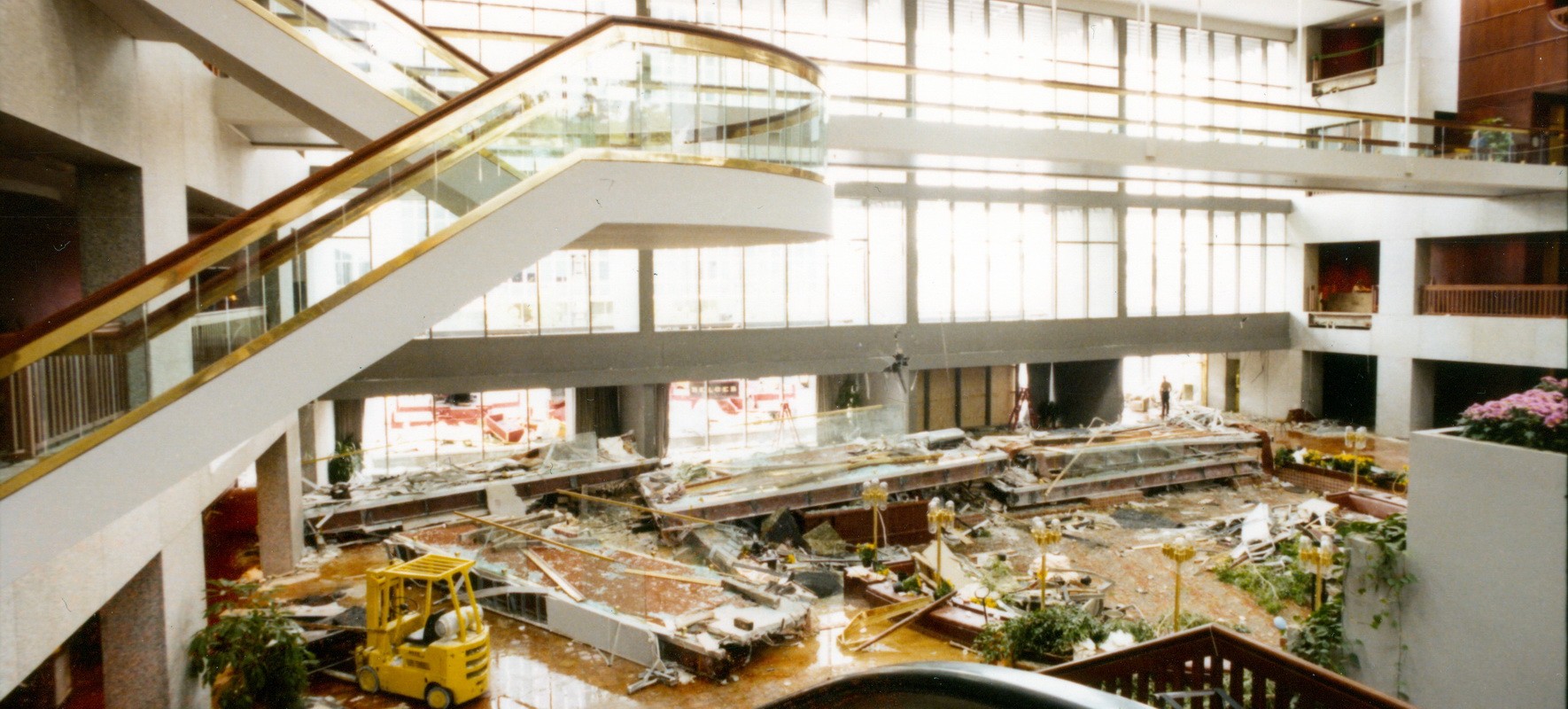

CLIENT |
Crown Center Redevelopment Corporation |
LOCATION |
Kansas City, MO |
Elevated Walkway Collapse Investigation
On July 17, 1981, during a weekly dance held at the hotel, the connection supporting the middle section of the fourth-floor walkway failed, causing it and the second-floor walkway it supported to collapse onto the crowded atrium floor. Totaling 212 injuries and 113 casualties, it was the most devastating structural collapse in United States history. In response, the client immediately sought an expert to investigate the circumstances leading to the failure.
BACKGROUND
Opened in 1980, the 40-story Kansas City Hyatt Regency Hotel had been in operation for just over one year. At the center of both the building and the catastrophe, three 145-foot-long elevated walkways spanned a dramatic 5-story atrium, providing second-, third-, and fourth-story access from the high-rise tower to the hotel's function block. The third- and fourth-floor walkways, offset from each other by approximately 15 feet, were each suspended by steel rods anchored to the roof trusses; the second-floor walkway was suspended from the fourth.
SOLUTION
Within hours of the accident, WJE assembled a team of experts and arrived at the site. Initial visual inspections of the fallen walkways revealed severe distortion of the box beams, particularly where connected to the failed hanger rods. To attain a more precise understanding of the contributing conditions, WJE conducted laboratory testing on replicas of the hanger- rod- to-box-beam connections, yielding data which corroborated the field survey. The investigation revealed that a last-minute construction change in hanger rod arrangement burdened the fourth-floor walkway with a load transfer twice its capacity. Forced to support its own weight and the weight of the second-floor walkway beneath it, the middle fourth-floor structural box beam connection failed.
In the following months, WJE performed vibration testing on the remaining third-floor walkway, assessing possible effects of dynamic excitation to ensure the future safety of hotel patrons.
RELATED INFORMATION
-
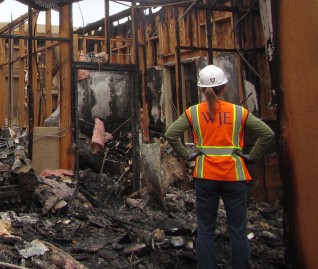 Thousands of clients have relied on us to accurately determine the cause and extent of damage... MORE >Services | Failure and Damage Investigation
Thousands of clients have relied on us to accurately determine the cause and extent of damage... MORE >Services | Failure and Damage Investigation -
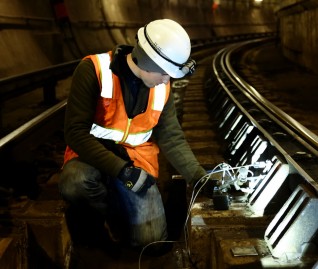 We engage a full suite of state-of-the-art instrumentation and monitoring capabilities to test... MORE >Services | Instrumentation and Monitoring
We engage a full suite of state-of-the-art instrumentation and monitoring capabilities to test... MORE >Services | Instrumentation and Monitoring -
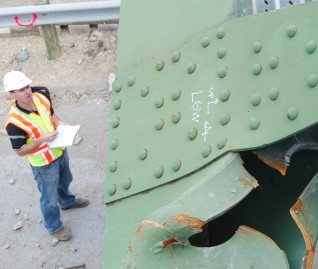 When the integrity or condition of a structure is in question, clients rely on us for answers MORE >Services | Structural Engineering
When the integrity or condition of a structure is in question, clients rely on us for answers MORE >Services | Structural Engineering



































